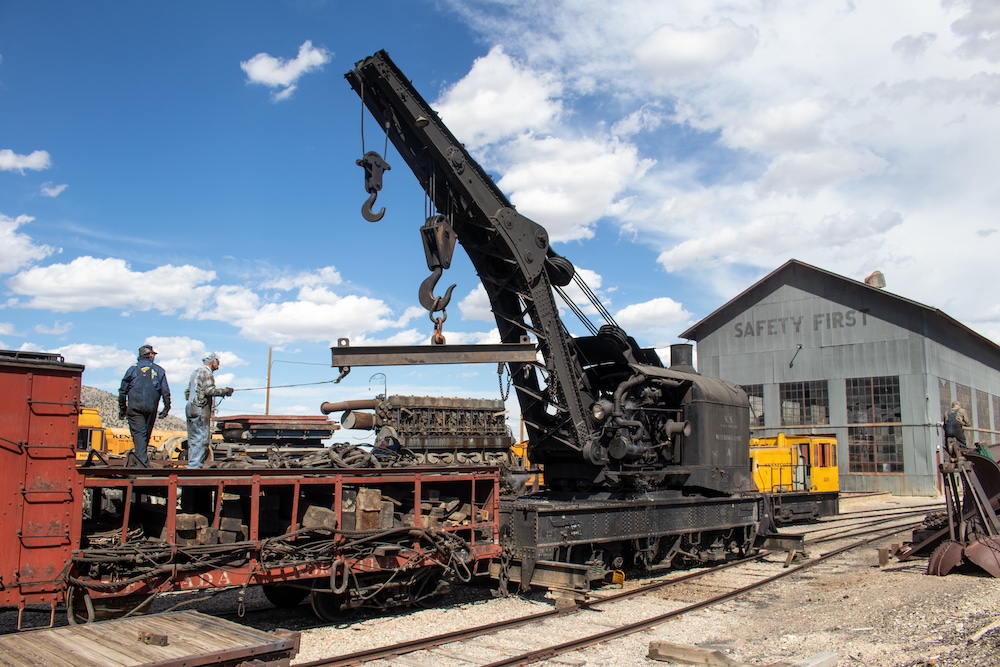
In the old days, when an accident had a rail line shut down, it was time to call the big hook, rugged cranes built for the biggest chores in the rail industry.
The driving wheels of a passenger-service steam locomotive can be taller than a grown man, a 3-foot section of rail can weigh 155 pounds, and it can take 4,000 gallons of fuel to fill the tank of a modern diesel. Many aspects of railroading seem larger than life, and that’s especially true of the problems railroads can face. When an accident has the main line buried under a mountain of spilled cargo and tangled steel, railroaders face a daunting task. Clearing a derailment is difficult and potentially dangerous. Time is of the essence, for every minute a busy line is closed means a fortune in lost revenue.
Clearing a derailment is a job requiring experience, skill, plenty of caution — and really big tools. That’s why, from the 1880s until the mid-20th century, news of an accident would be followed by the words, “Call the big hook!” Big hooks, the nearly universal nickname for railroad wrecking cranes, were the tools of choice when problems just couldn’t get much worse.
For such large and cumbersome machines, wrecking cranes are quite flexible. They lift extremely heavy loads by raising their boom and can move the load horizontally by rotating the boom and crane housing around the base.
Outriggers on the crane spread the load over a wider base, but care must be taken to keep bigger loads close to the crane body to prevent tipping. Properly braced, a railroad wrecking crane can lift objects heavier than itself.
Like royalty, a big hook always travels with an entourage. On the Denver & Rio Grande Western, for example, wreck trains were usually six or seven cars, with the wrecking crane coupled behind the locomotive. Next in line was a boom car, a heavy-duty flatcar holding the spreaders, cable slings, and outrigger blocks. The boom car was followed by a tool car, a combination kitchen/dining/ sleeping car, a tie car, and several “panel cars” holding 39-foot sections of ready-made track. A standard caboose always brought up the rear. To supply fuel and water to the boiler of their steam-powered cranes, many railroads would also include a retired locomotive tender in their wreck trains. If the situation was serious enough, wreck trains would be dispatched from two locations and attack the wreck from both ends.
Help was on the way once the wreck train was moving, but it wouldn’t get to the accident scene quickly. Railroads had tight restrictions on train speed when a crane was in tow. For example, the D&RGW limited wreck trains to 35 mph with the crane boom trailing, 25 mph if the boom was leading or if the train was running in reverse. When it comes to big hooks, bigger was better, and the biggest and best of them all appeared in the mid-1950s.
With its crane business already in decline, they probably weren’t popping champagne corks at Industrial Brownhoist in 1956, but certainly there must have been great satisfaction as the world’s first 250-ton diesel-powered wrecking crane emerged from the Bay City, Mich., factory in 1956.
Able to lift a half-million pounds 17½ feet off the ground, the Z-250’s twin diesel engines matched the performance of the biggest steam cranes, while its hydraulic drive system and advanced cable brakes provided operators with the safest and most accurate control system ever designed. The company’s sales literature hailed the Z-250 as “thoroughly modern in every respect, and years ahead of its time in many important engineering features … the culmination of Industrial Brownhoist’s 73 years’ experience building railroad wrecking cranes.”
In many ways the Z-250 really was the culmination. Although it sold in respectable numbers, the days of the big hook were numbered. By 1960, only 40 people were employed at the massive Industrial Brownhoist complex. In 1983, the company closed its doors.
What doomed the big hook? In the 1940s, railroads began using bulldozers alongside rail cranes at wrecks. With its front blade and a cable winch mounted on the back, a bulldozer could shove or drag wreckage to within the big hook’s reach. Bulldozers are also handy for re-grading the right-of-way, removing spilled cargo, and nudging track panels into line. Railroads added more capability by installing side-boom hydraulic cable winches and using bulldozers to lift derailed cars.
It hardly seems possible that a bulldozer can pick up a rail car, until you remember that a large bulldozer has a 400+ hp engine and weighs 50 tons. Side-boom bulldozers and hi-rail cranes can get to an accident faster and can immediately start work, while big hooks often had to wait for track torn up by the wreck to be repaired.
Railroad cranes can still be found on the rosters of Class I railroads — bridge-construction sites are good places to find them at work — but the days of the wreck train are largely over, mostly because railroad accidents are far less common than they once were. But when accidents do happen, today’s comparatively thinly staffed railroads can’t muster an army of employees on short notice. In an emergency, railroad managers are now more likely to hire a contractor than call a big hook, and these specialist firms are impressive in their own right.
One of the leading derailment contractors, Hulcher Professional Services, has an emergency center that’s staffed around the clock, and trained employees and equipment positioned around the country. Each piece of heavy equipment has its own dedicated semi-truck and trailer, and Hulcher promises to be on the move quickly when a call comes.
It’s an efficient operation, but “Notify our diversified rail services and environmental remediation provider!” will never match the drama of “Call the big hook!”






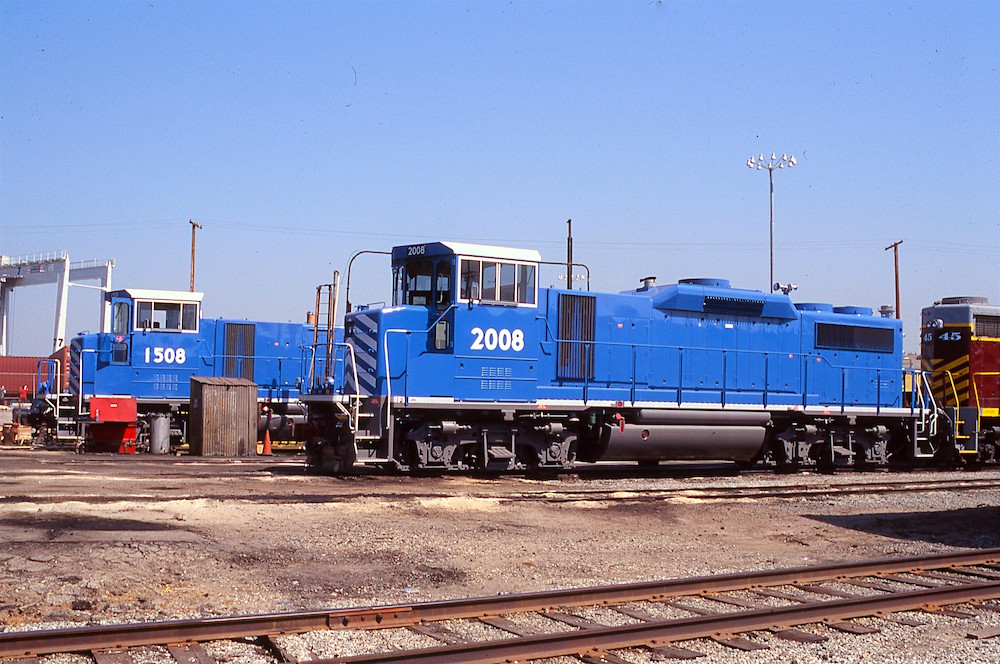
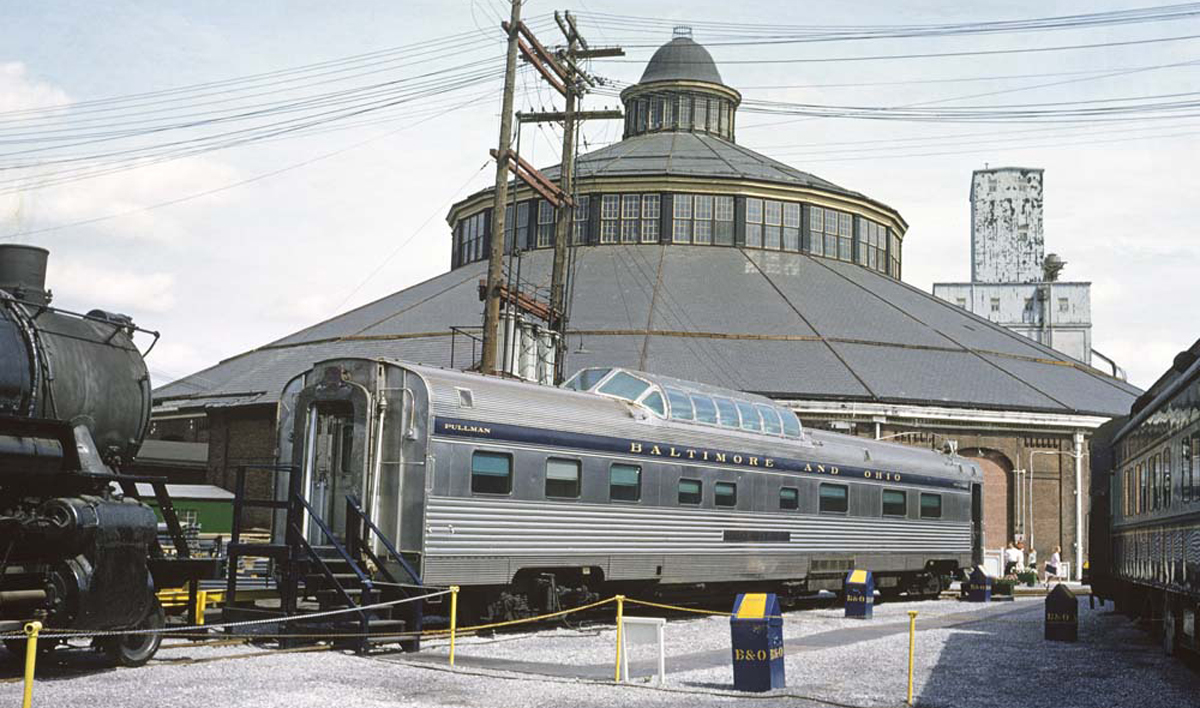
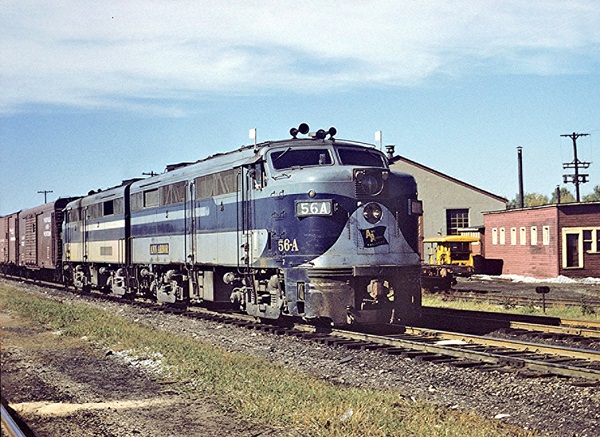

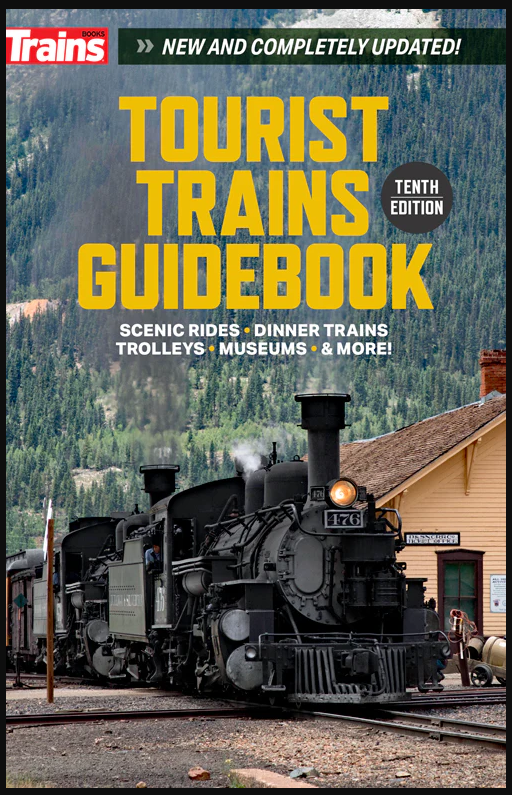
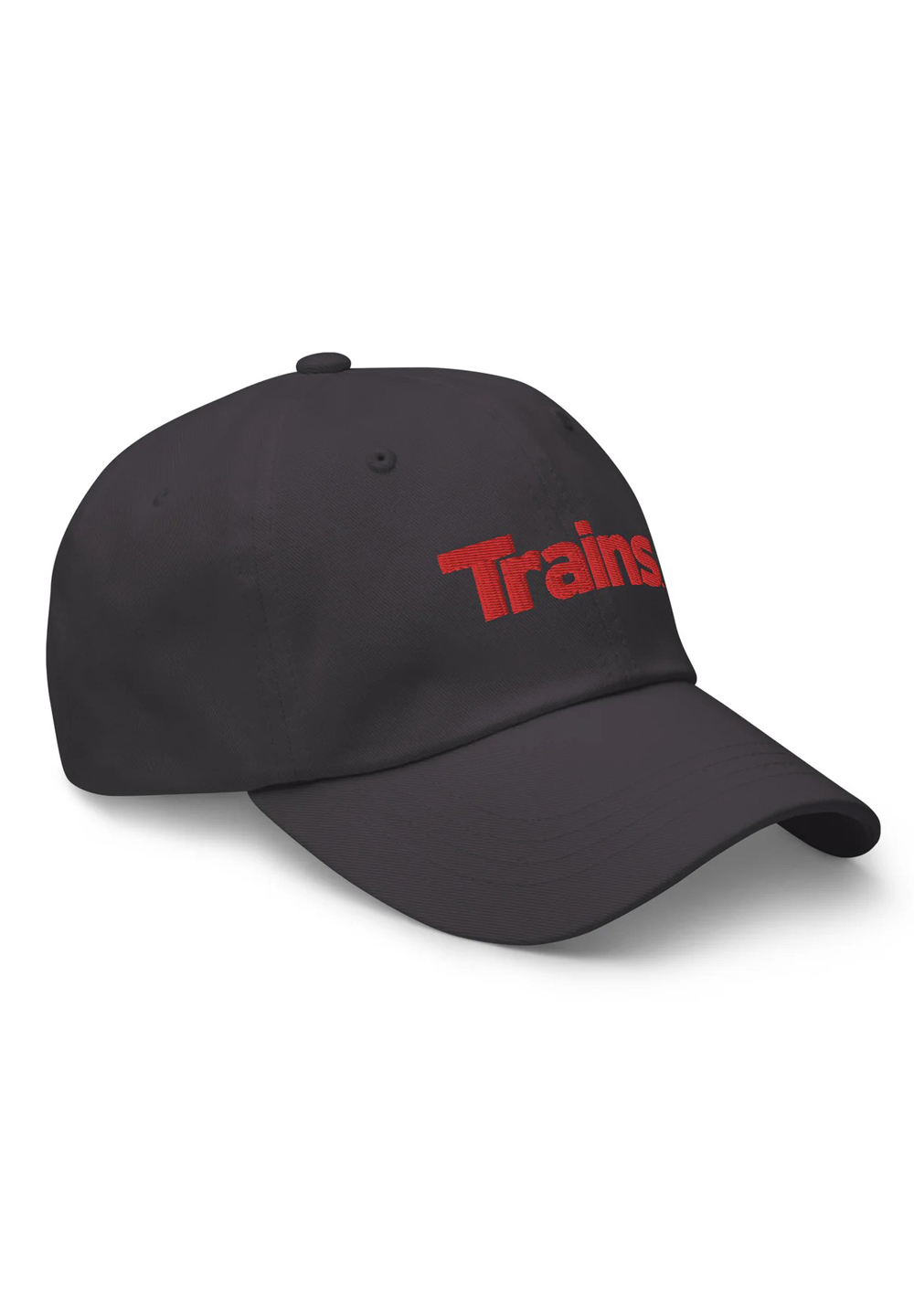
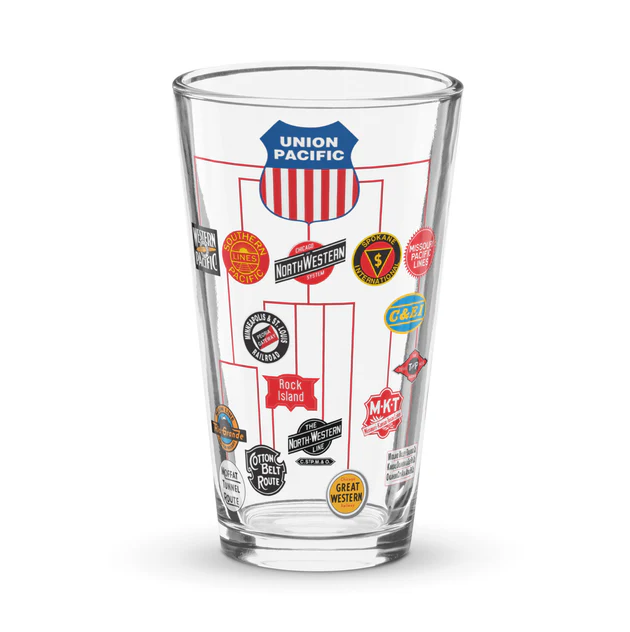
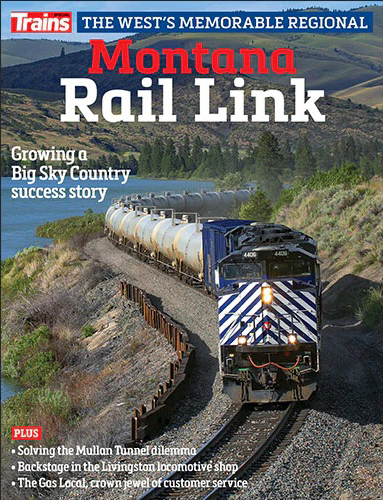
Just another grand one gone from the North American railroad scene: the mighty and strong Big Hooks.
Dr. Güntürk Üstün
January 1965, there was a 2 train, 68 car pile-up on the B&O at BOYD interlocking with NYC in Greenwich Ohio. 4 Big Hooks were called in to clear the wreckage: Willard 250 ton, New Castle 250 ton, Cleveland 250 ton and Columbus 200 ton.
The terrible head-on crash of Baltimore & Ohio and Erie Lackawanna freight trains which occurred on 11 January 1965 at Sterling, Ohio crossover that cost the lives of 5 crew members.
Dr. Güntürk Üstün